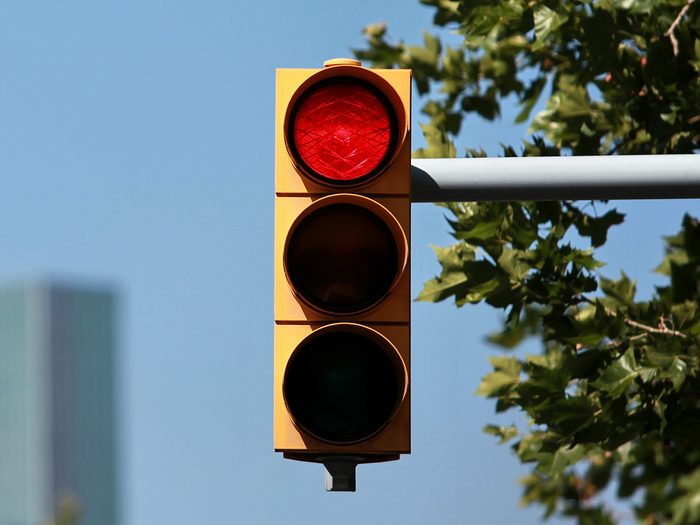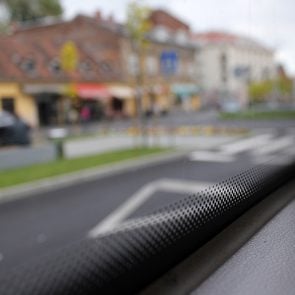Stuck Waiting At a Stoplight? Here’s How to Let the Sensor Know

Interacting with a stoplight may seem like a trivial task, but ensuring it detects your presence is crucial for traffic flow and safety. Besides, who has all day to sit around at a red light?
Stoplights, also known as traffic signals, function through a combination of timers, sensors and control systems. At intersections, they regulate the flow of vehicles and pedestrians.
Traffic lights cycle through colours: red, yellow, and green. Red indicates stop, yellow warns of an upcoming change, and green signals go-ahead. (Find out why those particular colours were chosen for traffic lights.)
Traditional stoplights employ induction loops buried under the road to detect vehicles waiting at the intersection. When a vehicle is detected, the light timing adjusts to allow sufficient crossing time.
Proper communication with a stoplight triggers its response so you and everyone else can get through the intersection safely. Here are some ways to effectively let a stoplight know you’re there:
- Vehicle positioning: When approaching a stoplight, pull up to the designated stop line or, if there isn’t one, wait behind the crosswalk. This lets the stoplight’s sensors or cameras recognize your vehicle and respond accordingly. But if you’re too far away, the sensors might not detect you at all. Make sure your vehicle is within the detection zone.
- Wait for the green light: Honking, flashing headlights or revving your engine won’t influence the stoplight’s response. Modern traffic lights operate on predetermined cycles or rely on sensors to detect vehicle presence. You can’t bully the light into changing for you.
- Motorcycles and bicycles: Smaller vehicles might have difficulty triggering traditional vehicle sensors. In such cases, some jurisdictions implemented special markings or smaller induction loops to cater to these vehicles.
- Infrared sensors: Some intersections use infrared sensors instead of induction loops. These sensors detect heat, so a warm engine can help the stoplight detect you. If your vehicle has been idling for a while, chances are the sensor will register its presence.
- Report malfunctioning lights: If you believe a stoplight isn’t detecting vehicles properly, report the issue to the relevant city, county or provincial officials. Malfunctioning traffic signals can lead to traffic congestion and safety hazards.
Next, find out why cars have gas tanks on different sides.






